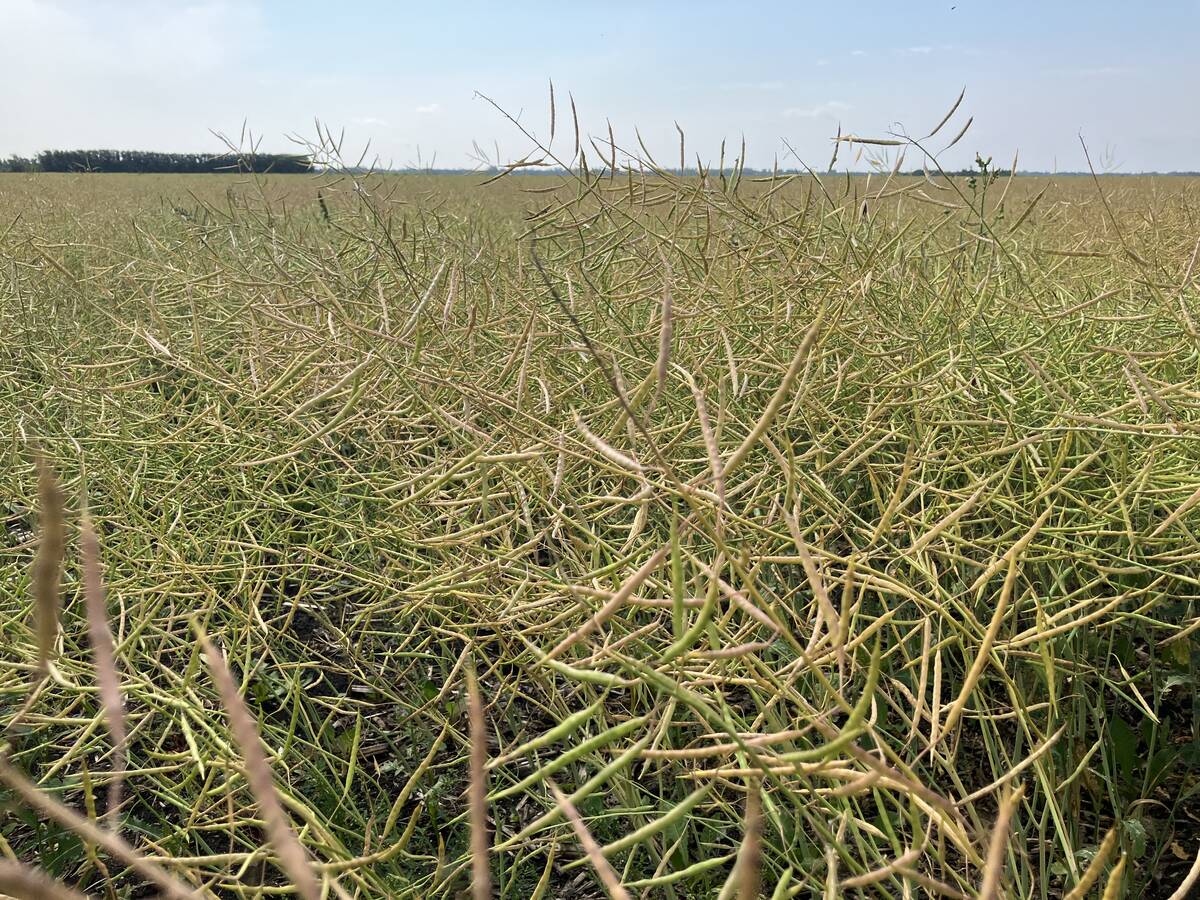Canada West Foundation estimates that Manitoba’s real GDP edged up 0.1 per cent in 2009, and forecasts that it will grow 1.9 per cent in 2010.
Excerpted from “Avoiding Recession Contagion: Manitoba Economic Profile and Forecast” published last month. The full report can be viewed at: http://www.cwf.ca.
Just as the careful approach followed by Canada’s banking system helped it escape the global financial meltdown, the balance in Manitoba’s economy allowed it to avoid the recession contagion and, according to many analysts, stand out as the only province in Canada to post growth in 2009.
Read Also

Canola trade watches events in intermission between world’s harvests
The flow of speculative money, reacting to whatever world news is available, can be expected to steer grain and oilseed futures in this stretch between Northern and Southern Hemisphere harvests, Phil Franz-Warkentin writes.
Canada West Foundation estimates that Manitoba’s real GDP edged up 0.1 per cent in 2009, and forecasts that it will grow 1.9 per cent in 2010. It is in times like these that Manitobans should remember that there is a benefit attached to having an unspectacular economy, with its moderate ups and downs.
After all, who would argue against the case for getting rich at a slower pace and keeping your job, when the alternative is getting rich fast but occasionally facing sudden job losses? This is exactly what happened in 2009 in Manitoba, where despite a brutal 18 per cent drop in international exports and an 11 per cent decline in manufacturing shipments, there were no net job losses and the unemployment rate remained the second lowest in Canada.
Meanwhile, the rest of the country was doing far worse.
IN CONCLUSION
Although Manitobans should be happy about this, many think that the “balanced” moniker has been used too often in the past when describing the province’s economy. According to them, it makes Manitoba come across as bland and boring.
Well, 2009 proved that bland works: Manitoba escaped the recession, albeit barely, and compared to other Canadian provinces, it did well. The first reason for this is the obvious one, industrial diversification. Manitoba has a number of sectors which from one year to the next take turns pulling the province towards prosperity.
Manufacturing and finance come at the top of the list (someone has to be) but they both manage to contribute to the province’s growth without overwhelming it.
Manitoba also benefits from significant commodity-centred industries such as crops and mining, but they do not dominate the provincial economic landscape nor hinder the provincial government’s policy range of action during the odd times when their prices decline. Low commodity prices are bad news for entrepreneurs and employees, but they don’t bring all of Manitoba down with them.
Finally, Manitoba has a solid portfolio of public projects underway. With the exception of the Red River Floodway, none of them are extraordinarily large or overpowering.
Other provinces in the West would love to be in Manitoba’s situation. Alberta, where almost one-fifth of the economy is tied to the oil and gas sector, faces both the positives and the negatives that come from having a lot of eggs in one basket. Saskatchewan last year saw potash and uranium prices go through unexpected declines, turning a potential banner year into a worrisome one. And in B. C., many are saying “now what?” following the simultaneous completion of a handful of large Olympic-oriented construction projects.
While their western neighbours work hard at weighing public policy choices that will compensate for whatever balance is missing in their economy, Manitobans are starting to realize that, in their case, the right choice is to be happy with steady if not spectacular growth and stick to the balance that brings it. This could very well keep recession bugs away next time around, just like it did last year.














